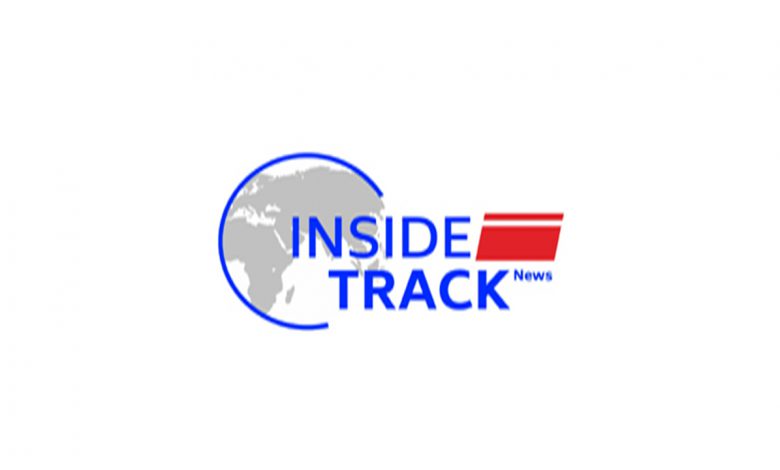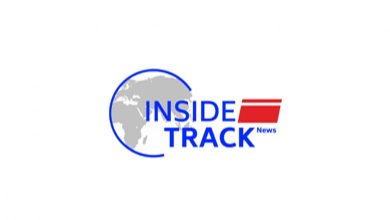Google I/O 2022: Android multi-device support, new Google Translate languages and more

At Google’s annual developer conference, I/O 2022, the search giant made a host of exciting new announcements for its products and services, including add for 24 new languages on Google Translate using a new machine learning technique. In addition to this, a new Google Wallet was also announced which will allow users to store important documents, metro cards etc, and new search features. Here’s a look at some of the interesting announcements from the conference.
Google Translate: Support for 24 new languages
Google Translate has added 24 new languages to its translation service, taking the number of languages it supports to a total of 133. Among these 24 newly-added languages, eight are in use in India. The l includes Assamese (Northeast India), Bhojpuri (Northern India), Dogri (Northern India), Konkani (Central India), Maithili (Northern India), Meitelon (or Manipuri, Northeast India), Mizo (Northeast India), and Sanskrit.
Image credit: Google
The addition of these new languages also presents a technical milestone for Google Translate since these are the first languages added using Zero-Shot Machine Translation.
This means Google can directly translate between language pairs unseen in training, and translate from one language into another language without ever seeing an example. Google did say that the technology isn’t yet perfect.
This is a complete l of the new languages now available in Google Translate:
Assamese: Used about 25 million people in Northeast India
Aymara: Used about two million people in Bolivia, Chile and Peru
Bambara: Used about 14 million people in Mali
Bhojpuri: Used about 50 million people in northern India, Nepal and Fiji
Dhivehi: Used about 300,000 people in the Maldives
Dogri: Used about three million people in northern India
Ewe: Used about seven million people in Ghana and Togo
Guarani: Used about seven million people in Paraguay and Bolivia, Argentina and Brazil
Ilocano: Used about 10 million people in northern Philippines
Konkani: Used about two million people in Central India
Krio: Used about four million people in Sierra Leone
Kurdish (Sorani): Used about eight million people, mostly in Iraq
Lingala: Used about 45 million people in the Democratic Republic of the Congo, Republic of the Congo, Central African Republic, Angola and the Republic of South Sudan
Luganda: Used about 20 million people in Uganda and Rwanda
Maithili: Used about 34 million people in northern India
Meiteilon (Manipuri): Used about two million people in Northeast India
Mizo: Used about 830,000 people in Northeast India
Oromo: Used about 37 million people in Ethiopia and Kenya
Quechua: Used about 10 million people in Peru, Bolivia, Ecuador and surrounding countries
Sanskrit: Used about 20,000 people in India
Sepedi: Used about 14 million people in South Africa
Tigrinya: Used about eight million people in Eritrea and Ethiopia
Tsonga: Used about seven million people in Eswatini, Mozambique, South Africa and Zimbabwe
Twi: Used about 11 million people in Ghana
Google Multisearch
Google had recently launched multi-search on the Google app, allowing users to search with both images and text at the same time in a bid to try and emulate the experience you have when you might point at something and ask your friends about it. Users will be able to use a picture or a screenshot and add “near me” to see options for local restaurants or retailers that have the apparel, home goods, food etc. in the picture. Multisearch is available as a beta feature in English in the United States but Google hasn’t yet made it clear when it will be rolled out to all users.
Scene exploration with Google Lens
Currently, Google Lens is able to recognise objects captured in a single frame but one can’t yet search for information about an entire scene in front of them. Google says that in the future, a user will be able to use multi-search to pan their camera while using Google Lens to instantly glean insights about multiple objects in a wider scene. The company says that this would be a powerful breakthrough in devices’ abilities to observe and understand the world as we do.
Google Wallet: Store essentials like car keys and vaccination records
Google announced the launch of the new Google Wallet which is aimed at standardising the way users save and access important items like payment cards, tickets, boarding passes, student IDs etc. The company will launch Google Wallet on Wear OS, starting with support for payment cards.
Google also said that it is partnering with various partners in the United States and other countries to bring digital driver’s licenses and IDs to Google Wallet this year. The company is also adding smooth integrations to other apps. For example, if a transit card (like a metro card) is added to your Wallet, your card and balance will automatically show up on Google Maps.
Talk to Google Assant on Nest Hub Max looking at the screen
According to The Verge, The latest updates to Nest Hub Max will let users use Google Assant without having to say “Ok Google” or “Hey Google”. The new feature called “Look and Talk” will allow users to just look at the Nest Hub Max’s display and just speak their search queries without any other audio prompt.
Google Assant on wearable devices
Google has improved the Google Assant experience for Wear OS users with faster, more natural voice interactions, allowing users to access useful features like voice-controlled navigation and setting reminders.
Wear Emergency SOS and Earthquake Warnings
Google says it is working with partners to get Emergency SOS to Wear OS so that users can immediately contact a trusted contact or emergency services from their watch. According to the company, Early Earthquake Warnings are already in place in 25 countries and they will be launched to many other high-risk regions around the world.
Image credit: Google
New multi-device features
During Google I/O 2022, Google also announced new features aimed at creating a more seamless multi-device experience. At CES 2022 this year, company had previewed various multi-device experiences like expanding Phone Hub on Chromebook to allow access to all messaging apps on an Android phone. The wider rollout of this feature would mean that users can stream their phones to their laptops to send and reply to messages, view conversation hory and launch messaging apps from their laptops. The company is also making it easier to set up and pair devices with the expansion of Fast Pair support to more devices, including built-in support for Matter on Android.



